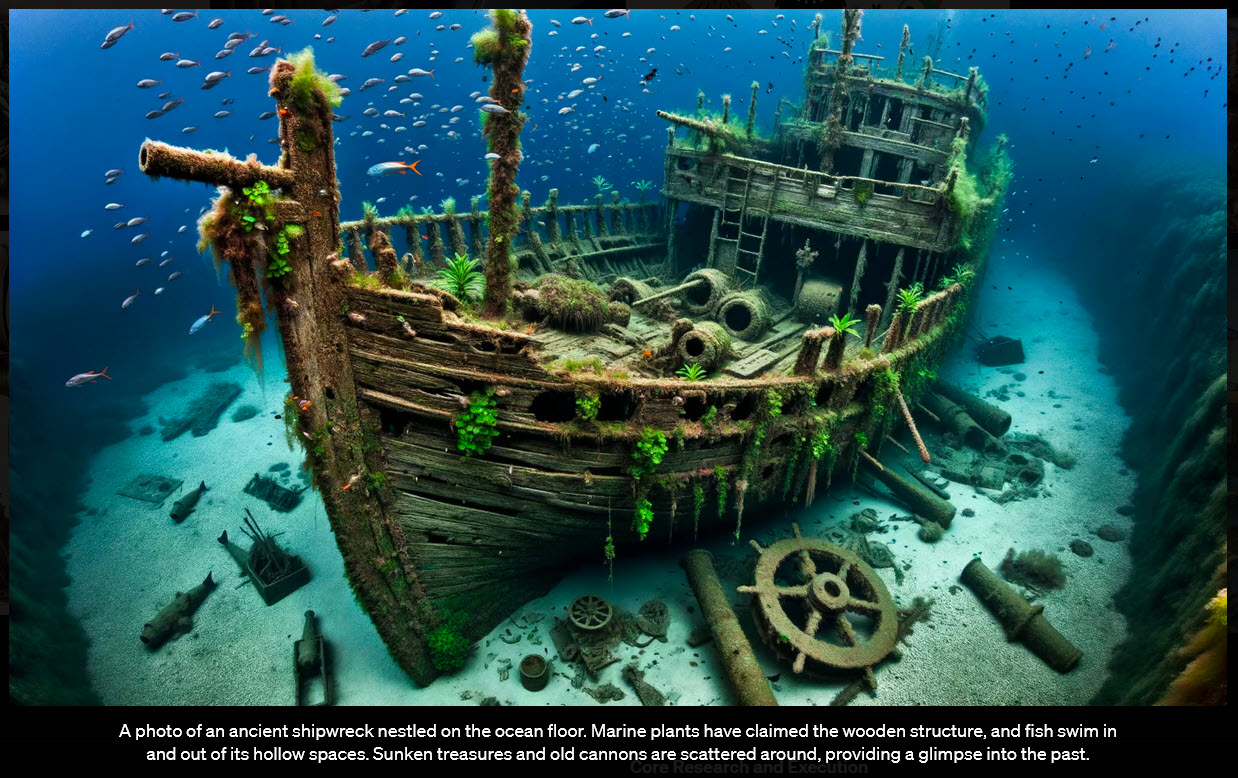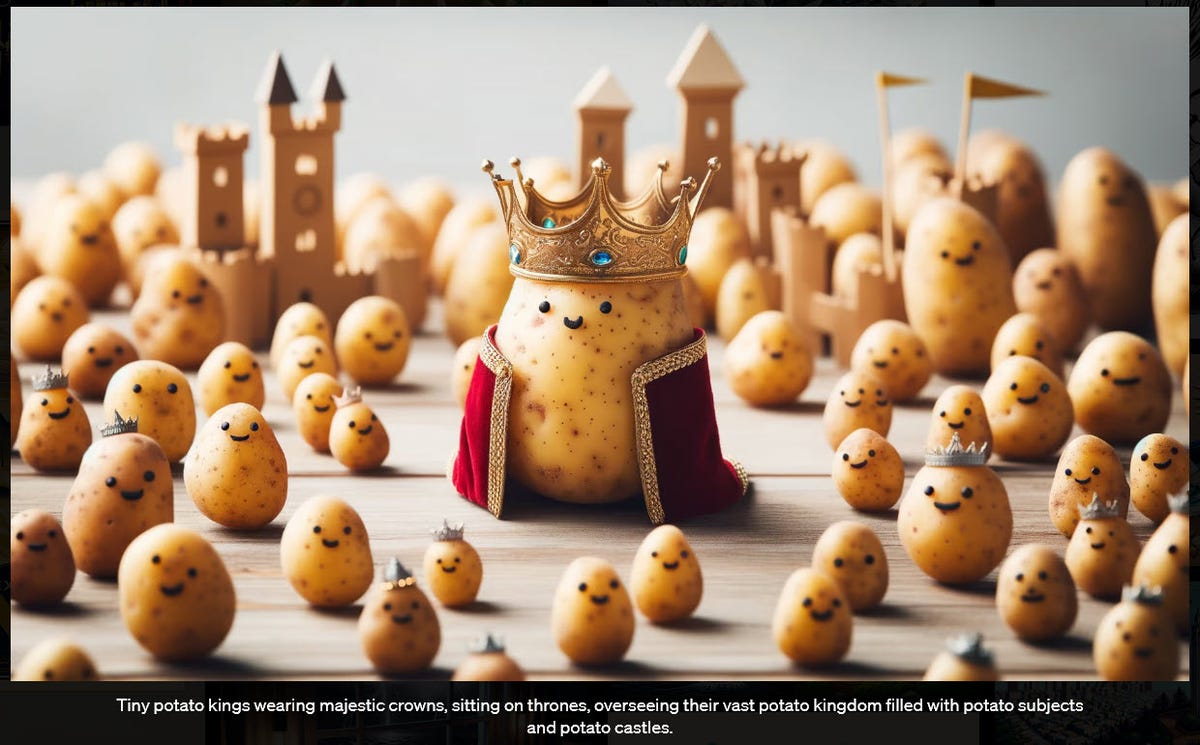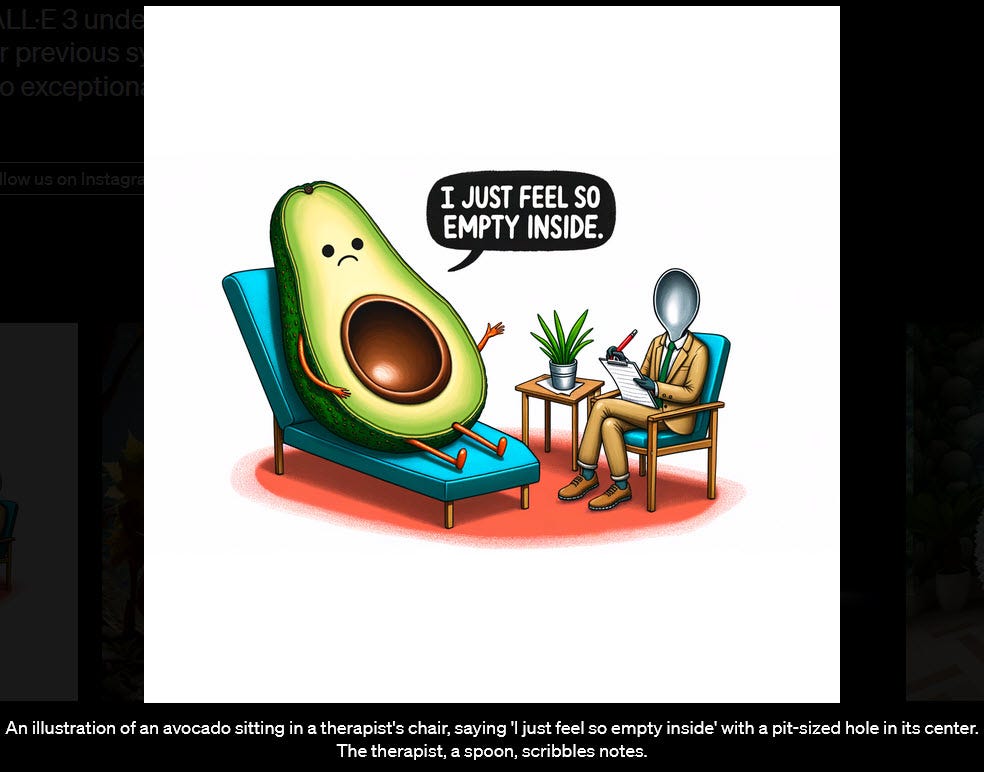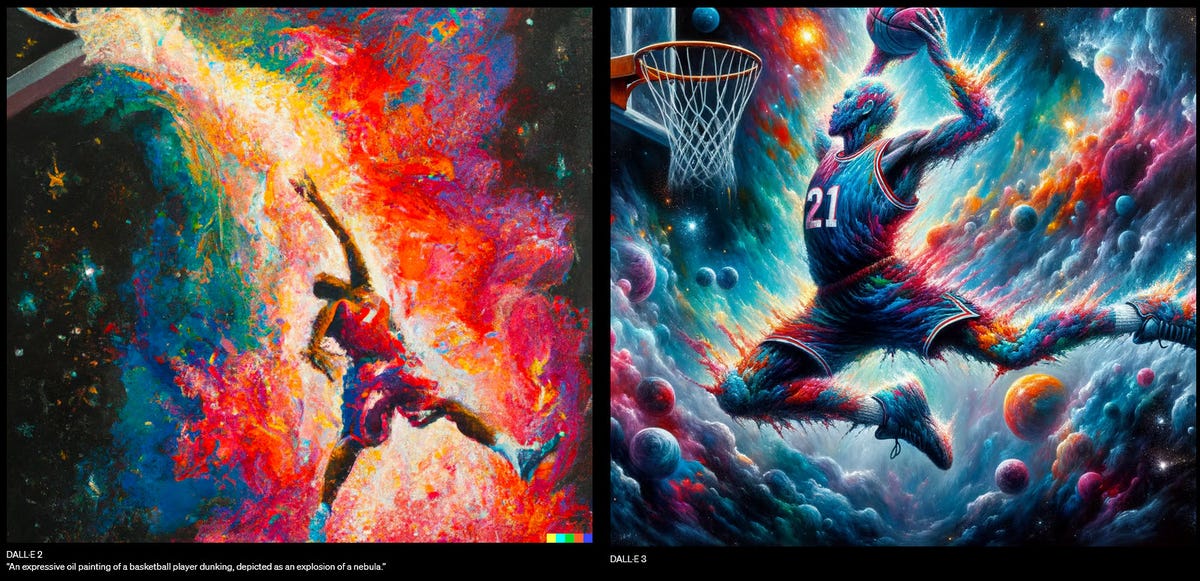DALL-E 3: OpenAI strengthens its AI image generation tool


OpenAI has just announced a new generation of its image creation tool. Dubbed DALL-E 3, this new version is designed to better understand your text descriptions in order to create more accurate and faithful images. On its new DALL-E 3 web page, OpenAI has not revealed much else about the tool, but has given indications on how it wants to surpass its predecessor DALL-E 2.
With the craze for AI, image generators have become popular with individuals and companies. Tools such as DALL-E 2, Microsoft’s Bing Image Creator, Midjourney, Stable Diffusion, DreamStudio and Craiyon all work more or less the same way. Using a prompt (prompt), you describe the image you want to generate. Choose a style and other attributes. In response, the tool creates one or more images that, we hope, will correspond to your request.
But like many current artificial intelligence chatbots, these image generators can be difficult to use. In general, you need to formulate your request in the right way. And even then, they don’t always interpret your requests correctly. OpenAI recognizes that text-to-image conversion systems require you to perfect yourself in the engineering of writing prompts. But the company said that DALL-E 3 will be a step forward in generating images that better adhere to your descriptions.
DALL-E 3 will be accessible via the ChatGPT platform
Designed on the basis of ChatGPT, DALL-E 3 will be accessible via the ChatGPT platform. The advantage is that you can use ChatGPT to find ideas for images and guide messages. You can then request the creation of an image using a simple sentence or a more detailed paragraph.
In the examples offered on the DALL-E 3 web page, OpenAI showed how the new version would work.
An image was generated from the description: “Tiny potato kings wearing majestic crowns, sitting on thrones, watching over their vast potato kingdom filled with potato subjects and potato castles”.

OpenAI
A second was created from the description: “An illustration of a lawyer sitting in a therapist’s chair, saying ‘I feel so empty inside’, with a hole the size of a core in its center. The therapist, a spoon, scribbles notes”.

OpenAI
Two images were generated from a description: “An expressive oil painting of a basketball player performing a dunk, depicted in the form of an explosion of a nebula. One of the images used DALL-E 2, while the other used DALL-E 3.

OpenAI
OpenAI has limited DALL-E 3’s ability to create violent, adult or hateful content
OpenAI also pointed out that it had limited DALL-E 3’s ability to create violent, adult or hateful content, as it had done for previous versions. Security improvements have been made in areas such as the creation of public characters and some harmful prejudices. For example, the tool will refuse prompts that ask for the name of a public figure.
AI-generated images can also pose a problem when used to represent a real person or event, as they can mislead people into believing that the image is real. To combat this problem, OpenAI has stated that it is testing a new internal tool capable of determining if an image has been created by DALL-E 3.
Currently in the testing phase accessible by invitation, DALL-E 3 should be deployed for ChatGPT Plus and Enterprise customers at the beginning of October.
Source: “ZDNet.com “








